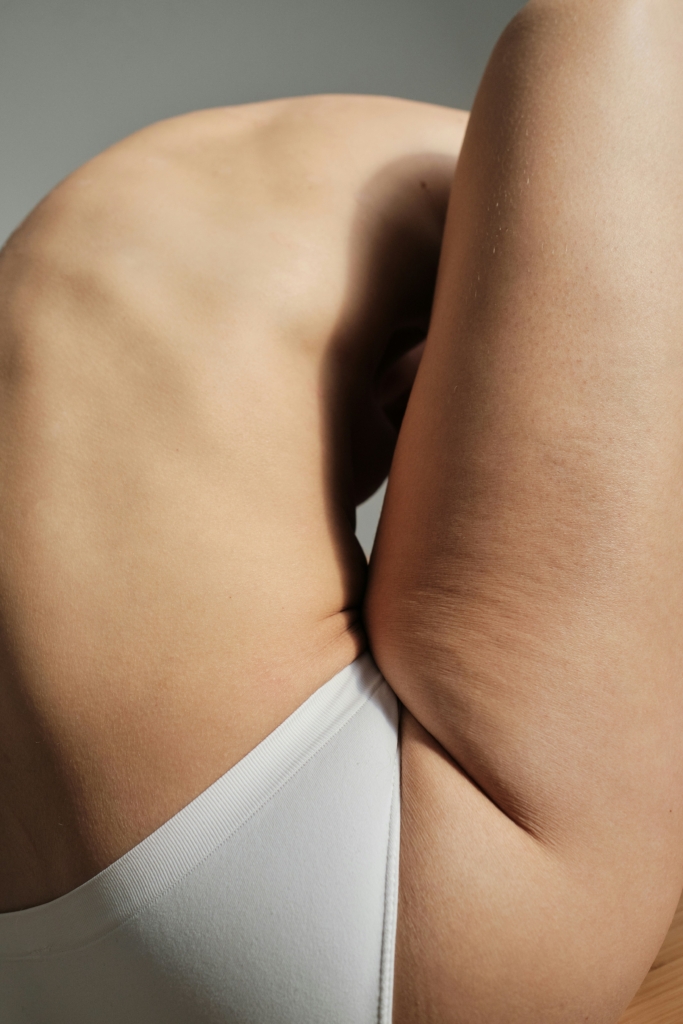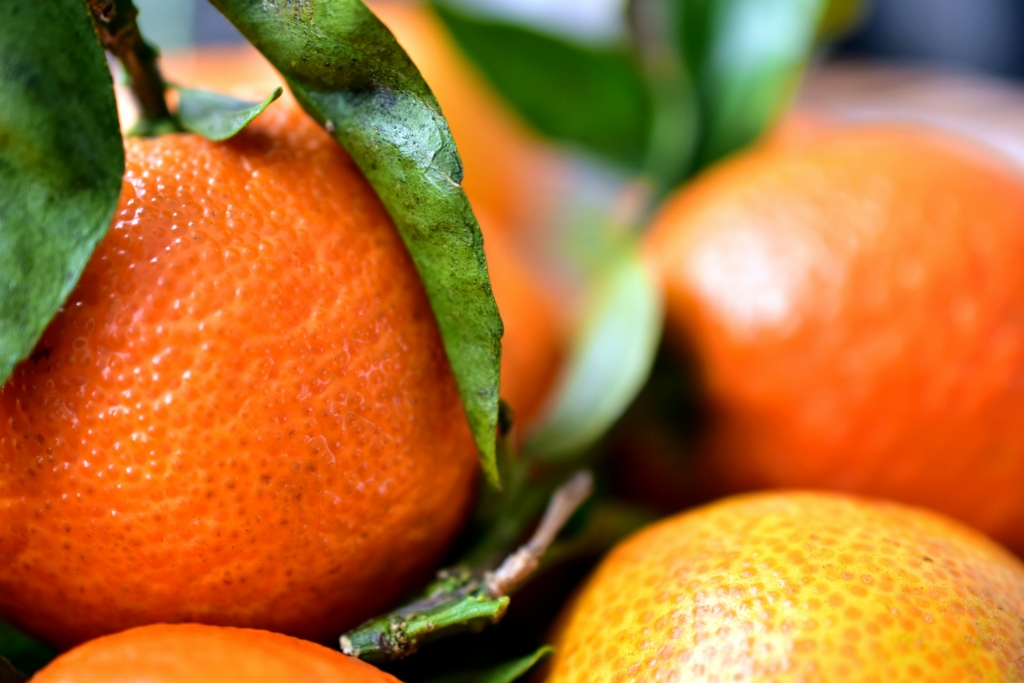
The 8 Most Common Causes of Cellulite and How to Get Rid of It
Dimples on a baby’s cheeks are cute, but when they appear on your thighs or buttocks, they can be frustrating. Cellulite, often called “cottage cheese” or “orange peel” skin, is a common issue affecting up to 90% of women. While less common in men, around 10% still experience it. Even celebrities aren’t immune, but expert care and photo editing often hide its appearance.
Even with a disciplined diet and regular exercise, sometimes you need a bit more help to achieve the smooth, toned skin you desire. At Veritas Backstage, we offer cutting-edge technology designed to tackle stubborn cellulite and enhance your skin’s appearance.
Our advanced Venus body shaping system utilizes groundbreaking technology to target and eliminate unwanted fat. Through a combination of radiofrequency and pulsed electromagnetic fields, our treatment breaks down fat cells beneath your skin. Additionally, it stimulates collagen production, which strengthens, smoothes, and plumps the skin.
The results? Noticeably smoother, firmer skin and a significant reduction in cellulite. The best part? The treatment is non-invasive with zero downtime—perfect for fitting into a lunch break—and results typically last 3–4 months. Experience the transformation and say goodbye to cellulite.
Cellulite 101: A BREAKDOWN OF THE THREE TYPES & HOW TO ADDRESS THEM
Before we explore the best ways to reduce and eliminate cellulite, it’s essential to understand what we’re working with. There are three main types of cellulite, each with unique characteristics and challenges. By understanding the different types of cellulite and their unique characteristics, you can choose the most effective strategies for treatment and prevention.
Soft Cellulite
As the name suggests, soft cellulite feels soft and spongy to the touch, giving the skin a bumpy appearance. It’s often found in areas with a higher concentration of fat, like the upper arms and legs, and is frequently associated with varicose veins. This type of cellulite typically worsens with age or weight gain and can be exacerbated by a lack of muscle tone. Improving circulation, skin tone, and losing weight are key to minimizing its appearance.
Affected areas: Thighs, abdomen, buttocks, arms
Typical age of onset: 30-40 years old
Hard Cellulite
One of the earliest visible signs of cellulite, hard cellulite is more common in younger women and is often found around the hips and upper thighs. This type gives the skin a grainy or dimpled look, similar to orange peel, and remains stationary when the body moves.
Affected areas: Outer hips, thighs, back and inside of knees
Typical age of onset: Can begin as early as adolescence; without early intervention, it may be challenging to eliminate later on
Edematous Cellulite
The least common but most challenging type to treat, edematous cellulite results from poor circulation and significant fluid retention. It mainly affects the legs, causing the skin to appear pale, swollen, and often painful to the touch.
Affected areas: Thighs, knees, and particularly the lower legs, which lose definition
Typical age of onset: 20-30 years old
HOW TO GET RID OF CELLULITE
Is Cellulite a Life Sentence? Not at All.
While cellulite can affect confidence, it’s not permanent. Here are the top three ways to reduce its appearance:
Consistent Exercise
Cardio alone won’t cut it. To tackle cellulite, focus on strength training, especially targeting the lower body. Aim for strength workouts twice a week, with exercises like hamstring curls, lunges, squats, and deadlifts. Perform 12-15 reps of three exercises per session to tone muscles and reduce fat.
Eat to Beat Cellulite
Crash diets won’t help. Instead, focus on adding cellulite-reducing foods to your diet. Top picks include:
Green Tea: Speeds metabolism, reduces fat absorption, and stimulates fat release.
Salmon: Omega-3s reduce inflammation and strengthen skin tissue.
Broccoli: Prevents collagen hardening, a key factor in cellulite.
Apple Cider Vinegar: Helps detoxify the body and reduce water retention.
Water: Flushes toxins and boosts skin elasticity.
Asparagus: Reduces inflammation and stimulates circulation.
Berries: Rich in antioxidants that help flush out toxins.
Garlic: Improves circulation and aids in toxin removal.
Watermelon: Contains lycopene, which improves circulation and smooths skin.
Spinach: Rich in vitamin A, promoting collagen production for smoother skin.
Stay Hydrated
Drinking plenty of water helps flush toxins that contribute to cellulite, keeping your skin hydrated and elastic.

WHAT CAUSES CELLULITE?
Why Do We Get “Cottage Cheese” or “Orange Peel” Thighs?
There’s no single answer. Cellulite can be caused by hormonal changes, genetics, weight gain, and more. Here’s the kicker: even active, healthy women with good diets still experience cellulite. While lifestyle and diet play a role, cellulite often results from a buildup of toxins and fat. It’s usually a combination of factors rather than a single cause.

Here are 8 common causes of cellulite
Sitting Too Much:
Long hours at a desk without movement can lead to health issues, including cellulite. Try standing part of the day or taking short walks to improve circulation.
Lack of Exercise:
A mix of strength training and cardio can lower body fat and increase muscle tone, reducing cellulite.
Genetics:
Cellulite can be hereditary. If your family has it, you might too, regardless of lifestyle.
Diet:
Poor eating habits, excess alcohol, caffeine, and spicy foods contribute to toxin buildup in fat tissue, leading to cellulite.
Dehydration:
Without enough water, toxins accumulate in fat cells, making cellulite more pronounced.
Leaky Gut:
When the gut lining is compromised, toxins escape into tissues, which the body stores in fat pockets, worsening cellulite.
Stress:
Stress tightens muscles and connective tissue, hindering proper waste removal and contributing to cellulite.
Tight Clothing:
While compression leggings can smooth your figure, overly tight clothing can restrict circulation and lead to cellulite formation.

